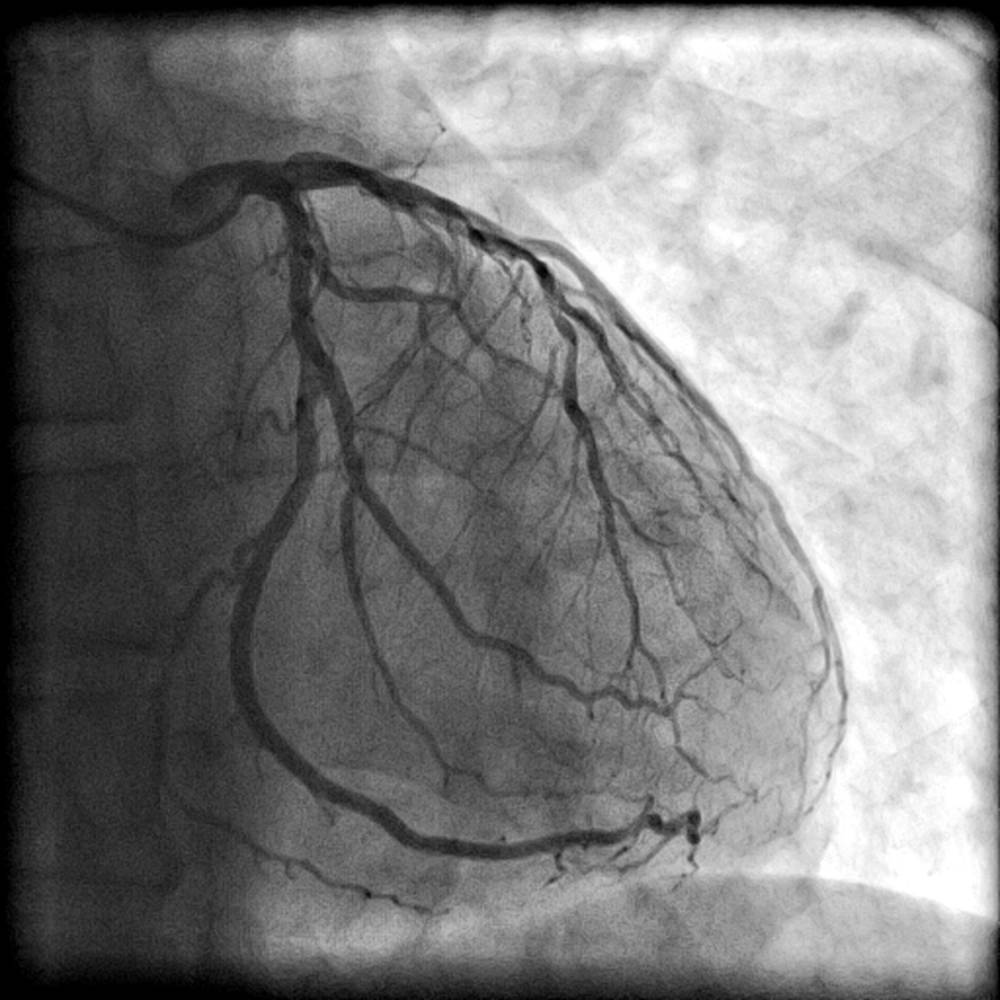Given recent changes to Medicare-covered procedures, there is no surprise that the number of cardiology procedures performed in outpatient settings is expected to increase over the next few years [1]. This phenomenon should benefit patients, given that outpatient procedures tend to be more cost-effective, comfortable, and convenient than their inpatient counterparts [2]. As this change occurs, physicians must be aware of precisely which procedures are covered under Medicare guidelines, the differing success between inpatient and outpatient cardiology procedures, and how best to accommodate outpatient operations in their practices.
Over the last few years, the Centers of Medicare & Medicaid Services (CMS) have significantly expanded their list of eligible cardiology services appropriate for outpatient delivery [2, 3]. In 2018 alone, 17 procedures related to cardiac catheterization were added to the list of Medicare-covered services [2]. Currently, the list of accepted services includes “insertion of pacemaker pulse generators,” “percutaneous transcatheter placement of permanent implantable defibrillator system,” and “catheter placement in coronary artery(s) for coronary angiography,” among many others [3].
Of course, it is necessary for physicians working in outpatient settings to consider whether performing cardiology procedures there as opposed to in a hospital could compromise a patient’s overall outcome. Fortunately, various studies analyzing many of the newly included services covered by CMS indicate that the success rate of outpatient procedures is comparable or equal to that of their inpatient counterparts [4, 5]. Uribe et al. compared the success rate of indwelling pleural catheter (IPC) placement for the management of pleural effusions in inpatient and outpatient settings [5]. They concluded that there were no differences in the numerous outcomes measured across both settings, including mortality and 30-day readmission [5].
Not only can outpatient cardiology procedures have at high success rates, but they can also lead to patients saving money in the long term. Congenital heart disease is an incredibly costly condition, given that it requires patients to undergo various operations over their lifetime [6]. Fortunately, Bansal et al. found that, when pediatric patients underwent combined electrophysiology and cardiac catheterizations operations in outpatient settings, they saved a median amount of $13,181 [6]. Certainly, these savings were not all necessarily attributable to the outpatient setting, but the flexibility afforded by outpatient facilities, along with their comparative cost-effectiveness, may very well have contributed to these pronounced savings.
To ensure that practices are best equipped to handle more outpatient cardiac procedures, practice leadership should take several steps. For one, they should be well-acquainted not only with CMS-accepted codes, but also state regulations and commercial and government payers to ensure that planned procedures are covered [3]. Afterward, it is essential to discuss increased volume and projected types of operations with physicians to ensure that the practice and its employees can handle an expanded repertoire of services [3]. Finally, education is paramount: providing healthcare workers with training and resources to handle these shifts will ensure the best possible outcomes for all patients [3].
While the increasing amount of covered outpatient cardiological procedures may introduce many changes to the healthcare sphere, the comparable success rates and cost-effectiveness of their operations can ultimately be a beneficial change in the current landscape.
References
[1] D. Rudan et al., “Outpatient cardiology clinic: future importance of out-of-hospital
work-up and treatment in cardiology,” Cardiologia Croatica, vol. 16, no. 1/2, p. 52, December 2020. [Online]. Available: https://doi.org/10.15836/ccar2021.52.
[2] K. Yood and M. Gertler, “The Expansion of Cardiovascular Procedures in the ASC Setting,” SheppardMullin, Updated May 11, 2020. [Online]. Available: https://www.sheppardhealthlaw.com/2020/05/articles/ambulatory-surgery-centers/cardiovascular-procedures-asc/.
[3] M. Kilton and A. Coletti, “Cardiology Services in the Outpatient Setting: Managed Care Contracting Considerations,” ECG Management Consultants, Updated December 16, 2020. [Online]. Available: https://www.ecgmc.com/thought-leadership/blog/cardiology-services-in-the-outpatient-setting-managed-care-contracting-considerations-1.
[4] J. D. Clough et al., “Practice‐Level Variation in Outpatient Cardiac Care and Association With Outcomes,” Journal of the American Heart Association, vol. 5, no. 2, p. 1-12, February 2016. [Online]. Available: https://doi.org/10.1161/JAHA.115.002594.
[5] J. P. Uribe et al., “Indwelling Pleural Catheter Placement for Recurrent Pleural Effusions: Inpatient Vs Outpatient Setting,” American Journal of Respiratory and Critical Care Medicine, vol. 199, no. A4725, p. 1, May 2019. [Online]. Available: https://doi.org/10.1164/ajrccm-conference.2019.199.1_MeetingAbstracts.A4725.
[6] M. Bansal et al., “Cost analysis of combining congenital cardiac catheterization and electrophysiology procedures in an outpatient setting,” Pacing and Clinical Electrophysiology, vol. 41, no. 11, p. 1428-1434, August 2018. [Online]. Available: https://doi.org/10.1111/pace.13477.
